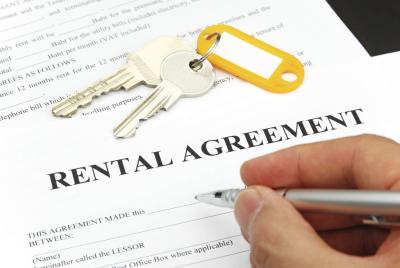Ever since I began practicing law, one question that continuously cropped up in the landlord tenant realm was tenants asking how long the landlord was required to keep their personal belongings and how that worked. The old “reasonableness” standard was all we had to go by, which is always so much fun.
However, in 2012 that changed with the passing of Act 129, which amends the Landlord-Tenant Act of 1951 and sets forth new rules regarding the abandoned property of tenants. Under the new law, tenants are required to remove their personal property upon relinquishing possession of their rental unit. A tenant will have relinquished possession when:
- There is an order of possession in favor of the landlord, or
- The tenant substantially removes all of their personal property has provided a forwarding address or written notice that the tenant has vacated the premises.
Within 10 days of relinquishing possession and receiving notice of their rights from the landlord, the tenant must contact the landlord and state whether or not he/she intends to retrieve their remaining property. If the tenant does not contact the landlord within 10 days, the landlord may dispose of the property. If the tenant does contact the landlord within 10 days and state an intention to retrieve the property the landlord is required to hold the property for 30 days, with reasonable storage costs being applicable against the tenant.
These rules are somewhat complex, so if you find yourself in this situation do not hesitate to contact the legal experts at Mooney & Associates to make sure your rights are properly protected.


